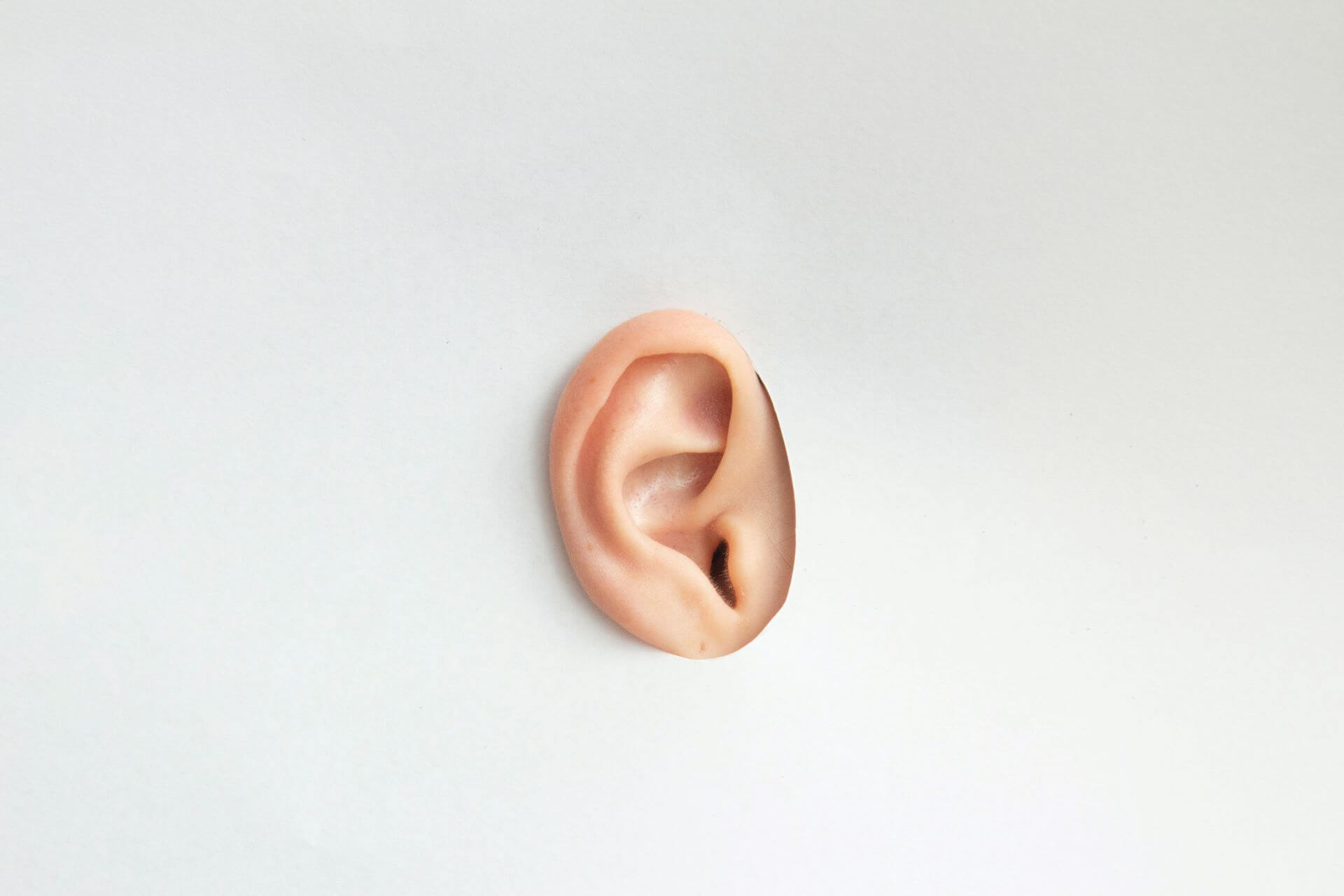The human ear comprises three main parts: the outer ear, the middle ear, and the inner ear. While the outer ear and inner ear are more commonly discussed, the middle ear plays a crucial role in transmitting sound from the outer ear to the inner ear. Tympanometry is a diagnostic test that helps assess the health and functionality of the middle ear.
Table of Contents
What is Tympanometry?
Tympanometry is a non-invasive test used to measure the movement of the eardrum (tympanic membrane) in response to changes in air pressure. It provides valuable information about the mobility and function of the middle ear, specifically the tympanic membrane and the ossicles (tiny bones) behind it.
Three crucial components of the middle ear’s function shown by tympanogram are:
- Static acoustic compliance – describes how readily the eardrum deviates in response to pressure changes. A peak on the tympanogram indicates appropriate compliance in a healthy middle ear.
- Middle ear cavity pressure – in a perfect world, it should be equal to air pressure. The middle ear pressure is equivalent to ambient pressure when the tympanogram is flat.
- The ear canal’s volume – can be helpful in making diagnoses for a number of illnesses.
What is a Tympanogram?
Results from tympanometry are often displayed as a tympanogram. The compliance or stiffness of the tympanic membrane at various air pressure levels is depicted by it. Additionally, it reveals details on the size of the ear canal and the operation of the muscles in the middle ear.
The shape and location of the tympanogram on the graph reveal important details regarding the condition of the middle ear.
A healthy middle ear is indicated by a “Type A” tympanogram, which displays a clear peak in compliance at normal pressure. Different tympanogram patterns, including “Type B,” “Type C,” or “Type As and Ad,” on the other hand, may signify varied middle ear problems.
There are several patterns that can be observed on a tympanogram, each indicating a different condition:
- Type A: This pattern represents normal middle ear function, with the peak compliance occurring around atmospheric pressure.
- Type B: Often suggests the presence of fluid in the middle ear. This may be indicative of conditions such as otitis media with effusion (OME) or a blockage in the ear canal.
- Type C: Often suggests negative pressure in the middle ear, which may be caused by eustachian tube dysfunction or early-stage otitis media.
- Type As and Ad: Type “As” often suggests a stiffened middle ear system, while type “Ad” indicates excessive compliance. These patterns can be associated with conditions such as ossicular stiffness or flaccidity.
Tympanometry: Procedure
Tympanometry is a non-invasive, typically painless treatment. Some people could feel momentary discomfort as the ear canal’s air pressure changes. However, the discomfort is typically mild and short-lived.
The healthcare professional, usually an audiologist, as a first step, will do a quick otoscope examination of the patient’s outer ear and ear canal before beginning tympanometry. This preliminary inspection ensures there are no obstacles or anomalies that might affect the test.
Audiologist then places a tiny probe into the ear canal as the patient sits or sleeps still. The probe is made up of an air pump, a microphone, and a speaker. The speaker generates the tone, and a microphone captures the sound reflected off the eardrum. While playing the tones at various frequencies, the audiologist modifies the air pressure in the ear canal to alter the pressure on the eardrum, and the results are shown on a tympanogram – a visual representation of the eardrum’s mobility at various pressure levels.
The application of air pressure and the presentation of varied tones are the test’s two main components.
Tympanometry: Clinical Significance
With Tympanometry audiologists can identify the underlying cause of hearing loss or other ear-related symptoms by assessing the middle ear’s mobility and functionality.
Some of the potential symptoms are:
Otitis Media: Tympanometry plays a crucial role in diagnosing and monitoring middle ear infections. The presence of fluid in the middle ear, which is often associated with otitis media, can be detected through tympanometry. It helps healthcare professionals assess the effectiveness of treatments and the resolution of the infection.
Eustachian Tube Dysfunction: Tympanometry aids in diagnosing eustachian tube dysfunction, a condition where the tube connecting the middle ear to the back of the throat fails to open and close properly. Abnormal pressure patterns on the tympanogram can indicate the presence of eustachian tube dysfunction, helping guide appropriate treatment.
Conductive Hearing Loss: Tympanometry helps differentiate between different types of hearing loss. Conductive hearing loss occurs when sound is not transmitted efficiently through the outer and middle ear. Tympanometry can provide insights into the presence of conditions such as fluid in the middle ear, otosclerosis (abnormal bone growth in the middle ear), or a perforated eardrum, which contribute to conductive hearing loss.
Preoperative Assessment: Tympanometry is often performed before certain ear surgeries, such as tympanoplasty (reconstruction of the eardrum) or ossicular chain reconstruction. It helps evaluate the functionality of the middle ear system and guides surgical planning.
Workers’ Compensation
Since 1911, there have been over 2.5 million workers’ compensation claims filed. Hearing loss workers’ compensation claims now rank #3 in the number of occupational disease claims filed.
Hearing loss workers’ compensation benefits are largely undiscovered benefits covering hearing health care, which is often uninsured. Many health insurance policies and programs like Medicare do not cover hearing aid purchases but workers’ compensation can. It also pays for the disability of hearing loss just as it does for the loss of eyesight or other injuries.
Aging populations, advances in technology, and greater sensitivity to hearing loss are bringing more attention to financing hearing health care. For the most part, those who qualify for hearing loss workers’ compensation benefits are retired hearing-impaired workers who live on fixed incomes.
Always feel free to ask Johnson Law Offices about the process, the law, or an individual case. The legal, medical, and audio-metric questions that come into play in a hearing loss workers’ compensation claim can be complicated.
Sources
Contact Us
If you, or anyone you know, worked in noise and suffers from hearing loss, please do not hesitate to contact us.
Contact Us


